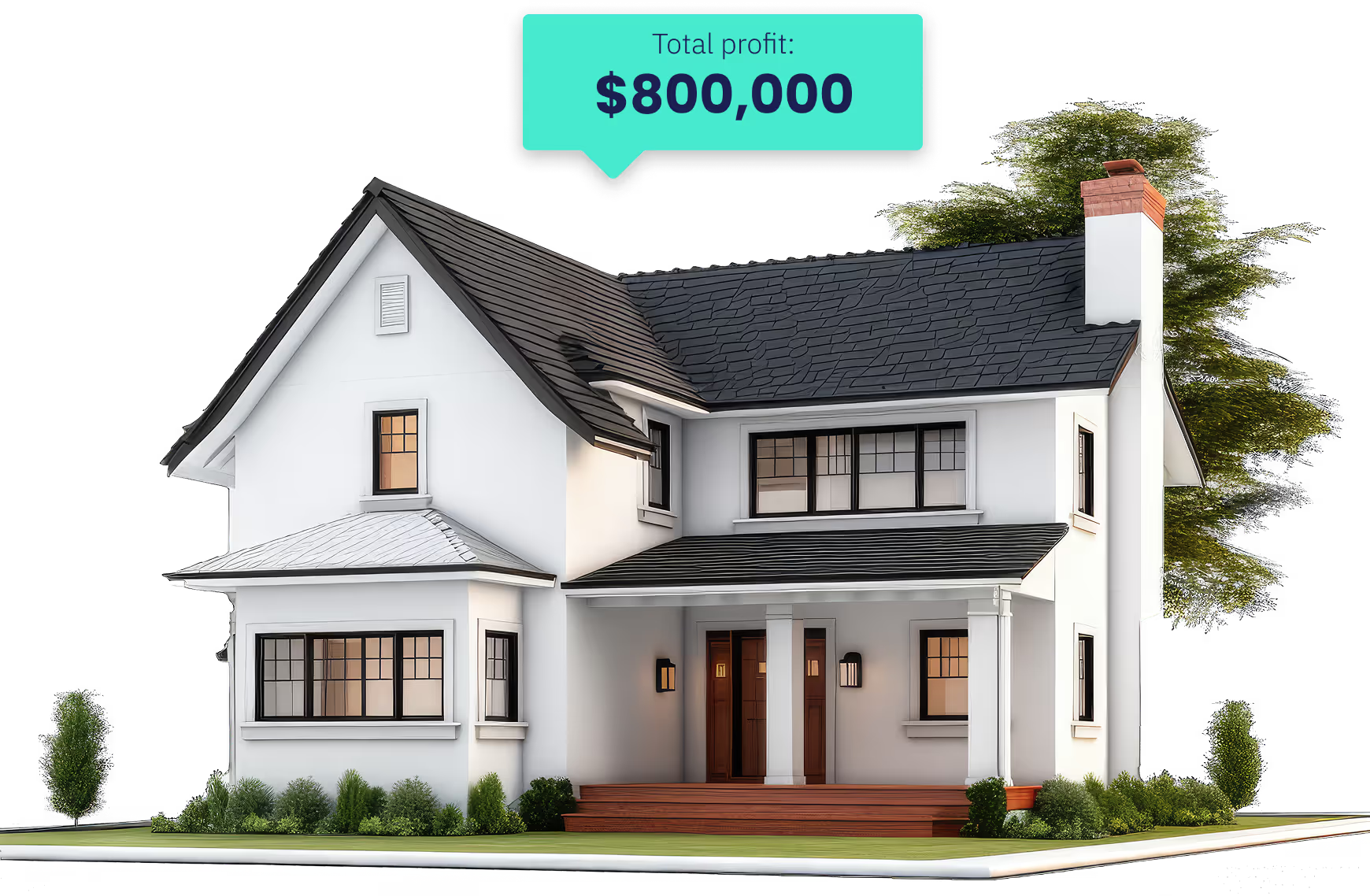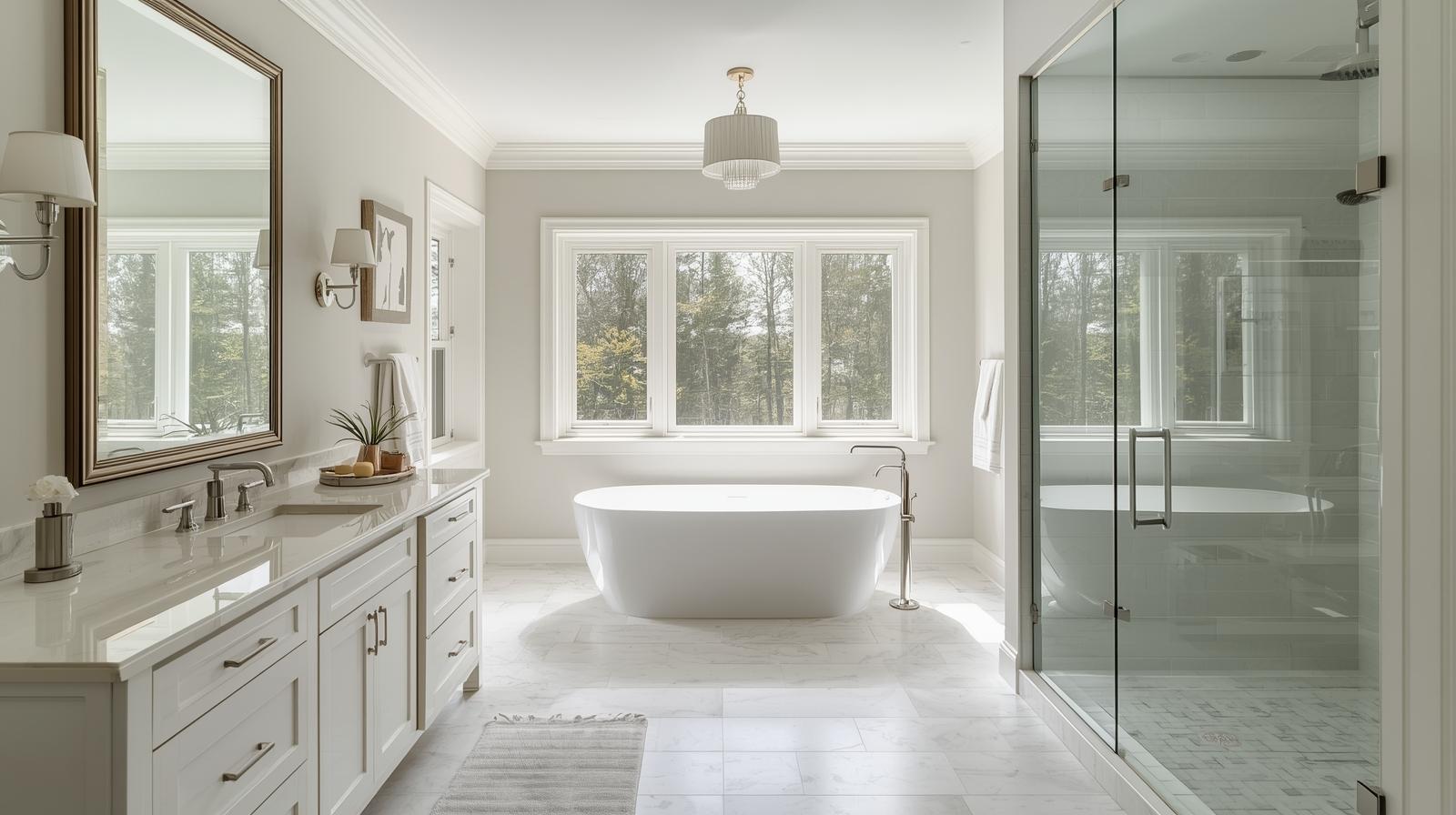Four Home Loan Options To Consider

Whether you’re buying your first home or you’re a repeat buyer, you’ll be happy to know you have plenty of choices when it comes to financing your purchase. Shopping around with a few lenders is the best way to learn about loan programs that are only available from some financial institutions and to get advice about which loan programs might be best for your individual circumstances.
In the meantime, here are four financing options to consider:
1. Fixed vs. adjustable rate. Most first-time buyers choose a fixed-rate mortgage so they can have clarity on their principal and interest payment for their entire loan term. Property taxes and homeowner’s insurance premiums could change the monthly payment over time. Adjustable-rate mortgages (ARMs) are also an option to consider if you plan to sell or pay off your home in a few years, are certain that your income will rise or your expenses will be reduced such as by paying off student loans. ARMs typically have a fixed rate for a certain period that is lower than the rate on a fully fixed-rate loan, followed by an annually adjusted rate. For example, a 7/1 ARM will have an initial rate for seven years. The adjustable rate is tied to market interest rates and will be capped at a maximum amount the rate can rise per year and over the life of the loan. If you’re considering an ARM, be sure you understand the highest possible rate and payment.
2. Choose your loan term. While a 30-year term is the most common, borrowers can finance their home for 10-, 15- and 20-year terms. Typically, shorter term loans have lower interest rates, and you’ll pay considerably less in interest over the life of the loan. You’ll also build equity more quickly and pay off the loan faster. However, a shorter-term loan will have higher monthly payments than a longer-term loan. Some borrowers opt to pay their loan off faster with optional extra principal payments so they’re not locked into a higher payment with a shorter loan term.
3. Buydown your mortgage rate. You can pay discount points (equal to 1% of your loan amount) to buy down your mortgage rate at your closing. How much you pay and how much that lowers your interest rate varies, but typically one point equals a 0.25 percent reduction in your mortgage rate. You can also choose a temporary buydown of your rate just for the first one to three years as you adjust to your new mortgage payment. Your lender can give you an estimate of how much a temporary buydown will cost. The fees are typically paid at the closing or wrapped into your loan balance.
4. Check out mortgage insurance options. If you make a down payment of less than 20% on a conventional loan, you’ll usually need to pay private mortgage insurance until you have 20 percent in equity in your home. But some lenders offer “lender-paid” mortgage insurance, which means the cost is wrapped into your loan in the form of a slightly higher rate. Other options for paying mortgage insurance include a single upfront premium. Ask your lender to compare all your options if you make a down payment of less than 20%.
In addition to choosing your loan term and other options that meet your needs, you can consider making an all-cash offer with Revive. If you’re in a market where you’re competing with investors and other buyers, Revive can make an all-cash offer for the house you want to buy. When your current home sells, you’ll purchase the new home from Revive.
Recent articles
Unlocking equity is hard,
we've got your back.
See what's possible, it's your real estate.
Discuss homeThe future
starts at home.
While there is an abundance of evidence that supports that renovated turnkey homes sell faster and for more, Revive, nor the Contractor, can guarantee a specific as-is or after renovation value or the exact time that it would take to get a renovated home sold. Further, Revive cannot provide a guarantee that the real estate market will not experience fluctuations or a decrease during the renovation or sales period.








